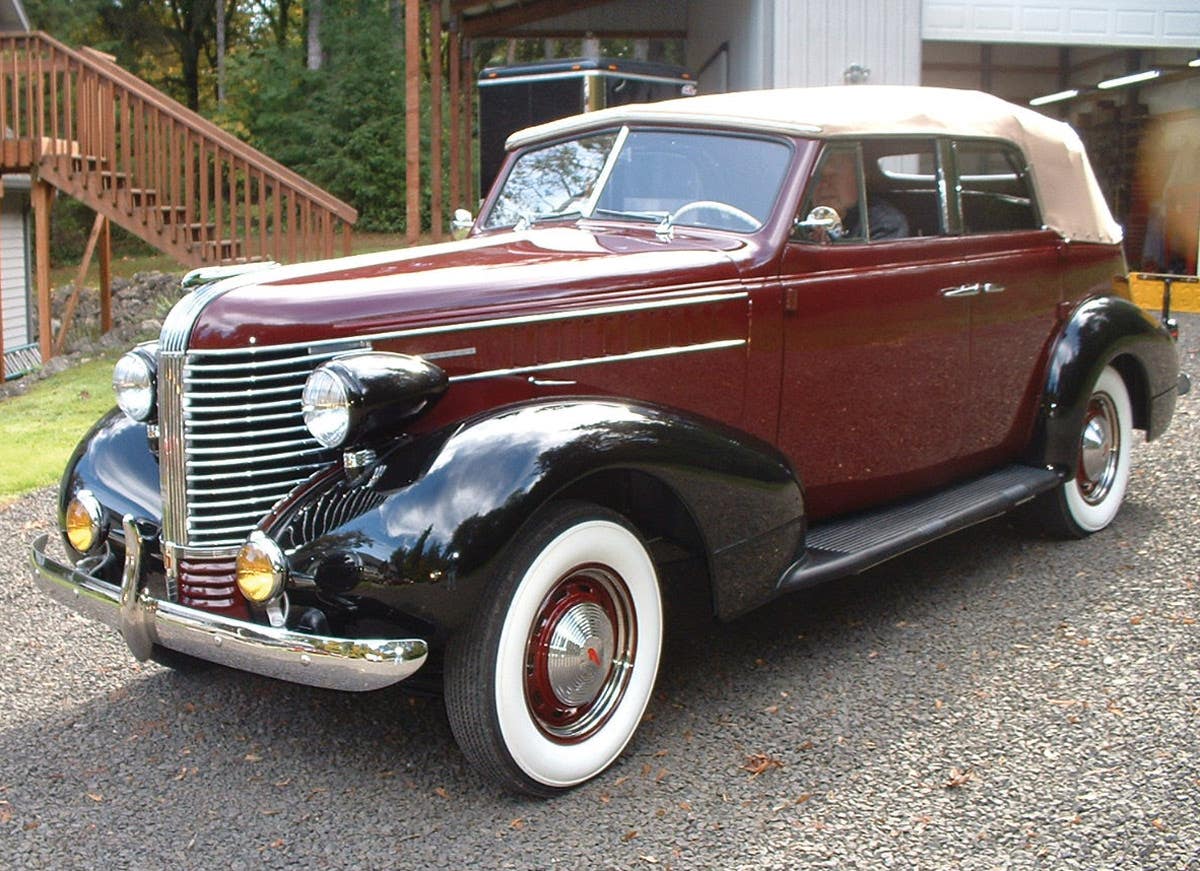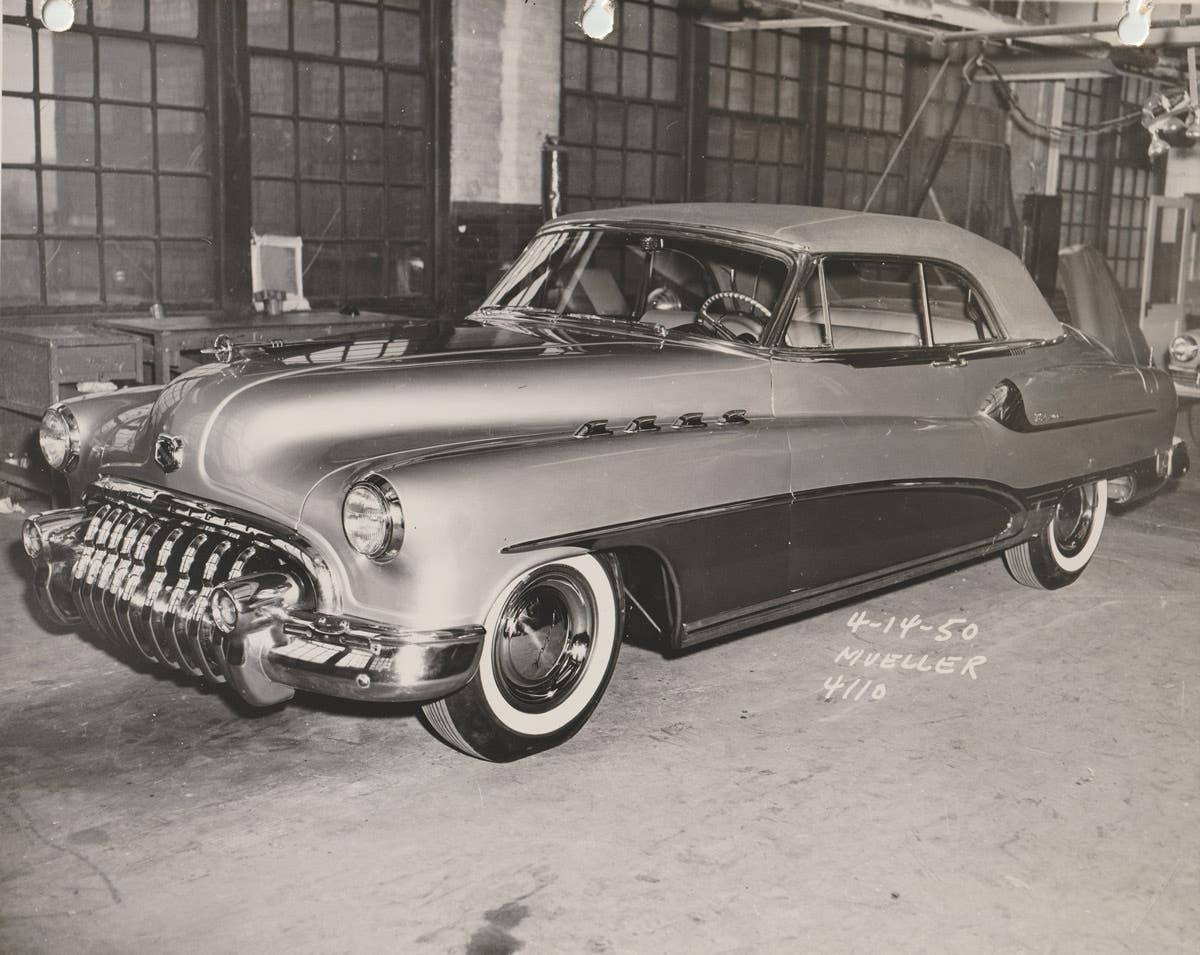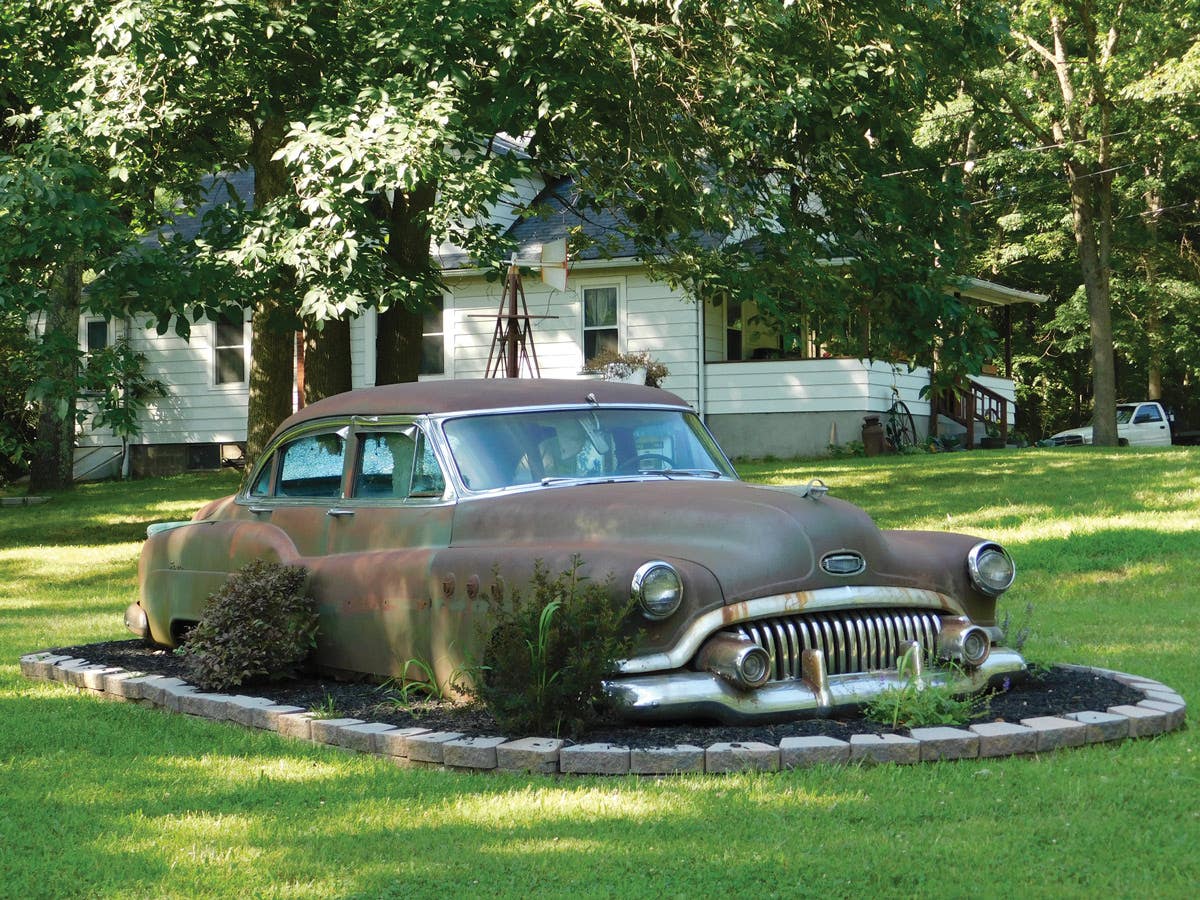Q&A with Kit Foster: December 12, 2013
Q. I found this coin at a flea market and wondered if anyone knew anything about this Sunoco antique car series or if it was much of a collector coin…
Q. I found this coin at a flea market and wondered if anyone knew anything about this Sunoco antique car series or if it was much of a collector coin or not. I thought the readers might be able to enlighten me on this matter, or see if the coin is even worth keeping.
— Larry Marshall, via e-mail
A. I think everything is worth keeping to someone, somewhere. The coin says “Antique Car Coin Series 1,” which implies there were several series, and shows a 1902 Studebaker Electric. Does anyone remember these Sunoco coins with antique cars on them? When were they issued? What cars were pictured?
-------------------------------------------------------------
Q. I have been trying to figure out, from going to numerous car shows and museums, when was the last year that American automobiles were built with the capacity to be started by hand crank. I have observed the evolution of the apparatus, going from a permanently attached handle, to a hole where the handle would be attached, and finally to a removable fitting or cap as part of the grille assembly and a very small hole in the framework behind the grille. The most recent car that I saw what looks to be like a provision for hand cranking was on a 1940 Ford. Or maybe it was just a decorative styling feature by that time. So, when was the last year for those hand cranks?
— Joe Razumich, Portage, Ind.
A. Well, we considered this question before (five years ago, to be exact), and got many replies. As a result I can give you a quick and probably final answer. The last American car reported to be hand-crankable was the 1948 Ford (the crank was inserted between the lower grille bars). The 1947 Chevys had a similar arrangement, but in 1948 the decorative T-bar on the grille blocked access. Trucks persisted longer, to 1953 in the case of Studebaker. Imports were another story. The Triumph TR3B could be hand cranked in 1963.
-------------------------------------------------------------
Q. According to the “Standard Catalog of American Trucks” the first GMC truck was built in 1911, and the first Chevrolet truck came in 1918. In what year did both makes begin sharing sheet metal and other components? I know that in light-duty models they competed with each other, but larger heavy-duty models were exclusively GMC’s domain.
— Donald Chepurna,Waterbury, Conn.
A. You’re right, General Motors Truck Company was formed in 1911 to consolidate a number of makes that GM founder W.C. Durant had acquired. Until the late 1920s, it concentrated on large trucks. Chevrolet’s truck business, meanwhile, arose in 1918 with the addition of light commercial vehicles to the passenger lines. GMC’s first light trucks came in 1927, and soon absorbed a few vehicles that had been sold as Pontiacs (we encountered one of these in Q&A back in June 2010). The “rationalization” of Chevrolet and GMC trucks began in the early 1930s, part of the GM program for “corporate bodies” that were used by the various divisions. Thus, body structures and (to a lesser extent) exterior sheet metal began to be shared. This was a bit “on-again off-again” over the years in the case of Chevy and GMC. For example, the nose contours in 1934-35 appear to be exact, while 1936-38 show definite differences. Engines during this period, however, were not shared. Chevys had “Stovebolt” ohv sixes from the cars, while GMC used flathead powerplants from Pontiac or Oldsmobile.
For 1939, GMC developed its own version of the Stovebolt. This was not merely a larger displacement; the whole engine was beefed up. For that reason, one of the hop-up tricks for Chevys in the 1940s was to swap in a “Jimmy” engine. By 1955, a V-8 became almost obligatory for small trucks, so, in addition to the Jimmy six, GMC offered Pontiac’s new 287-cid eight, itself a kissing cousin of Chevy’s small-block “Hot One.” The contemporary Pontiac powerplant continued to be offered, until 1958, when an underbored Pontiac 370 was used, displacing 336 cid. In 1959, the comparable engine was a small displacement version of the 389. In 1960, of course, GMC broke tradition and developed a whole family of 60-degree V-6 powerplants (which were accompanied by a “twin six” V-12 for large trucks). The V-6, which was a bit rough, lasted only through 1962. I consider 1963 to be the year that GMC trucks (the light trucks, at least) became “badge engineered” Chevys.
To submit questions to this column: E-mail angelo.vanbogart@fwmedia.com or mail to: Q&A, c/o Angelo Van Bogart, 700 E. State St., Iola, WI 54990-0001.
Got Old Cars?
If you don't subscribe to Old Cars Weekly magazine, you're missing out on the only weekly magazine in the car hobby. And we'll deliver 50 issues a year right to your mailbox every week for less than the price of a oil change! Click here to see what you're missing with Old Cars Weekly!
More Resources for Car Collectors:
- Classic car price guides, research, books, back issues of Old Cars Weekly & more
- Get expert restoration advice for your classic car
- Get car pricing, data and history all in one place
- Sign up for Old Cars Weekly's FREE email newsletter
- Need to buy or sell your classic car? Looking for parts or memorabilia? Search our huge online classified marketplace







